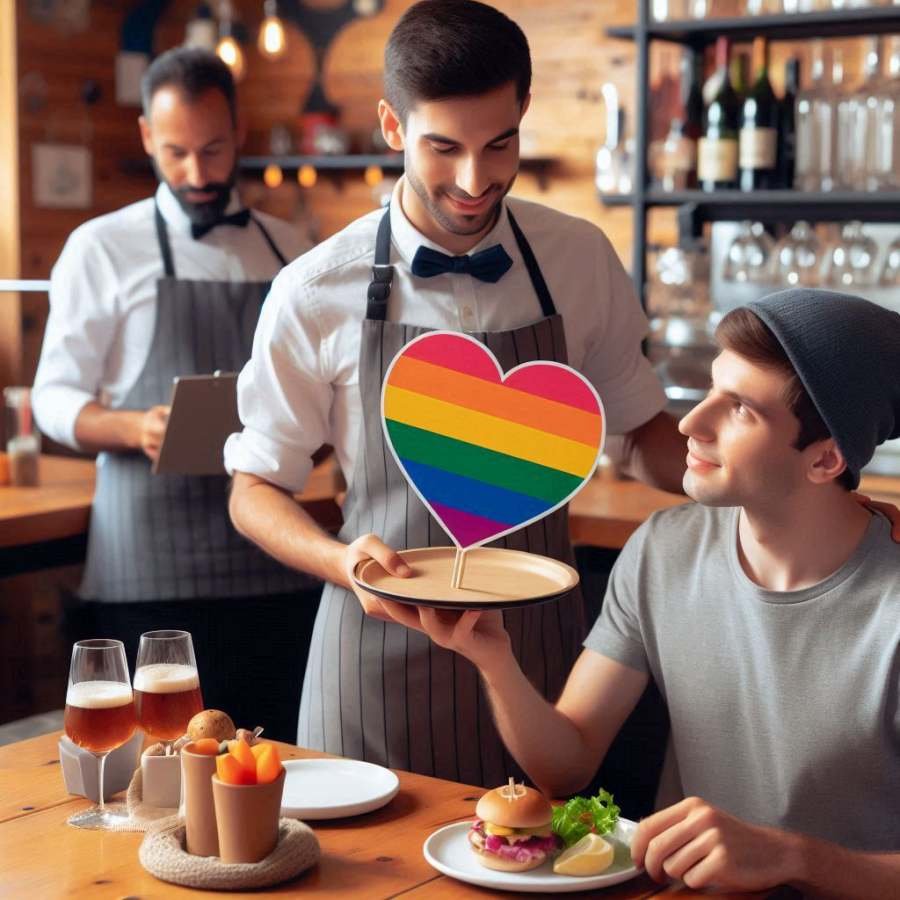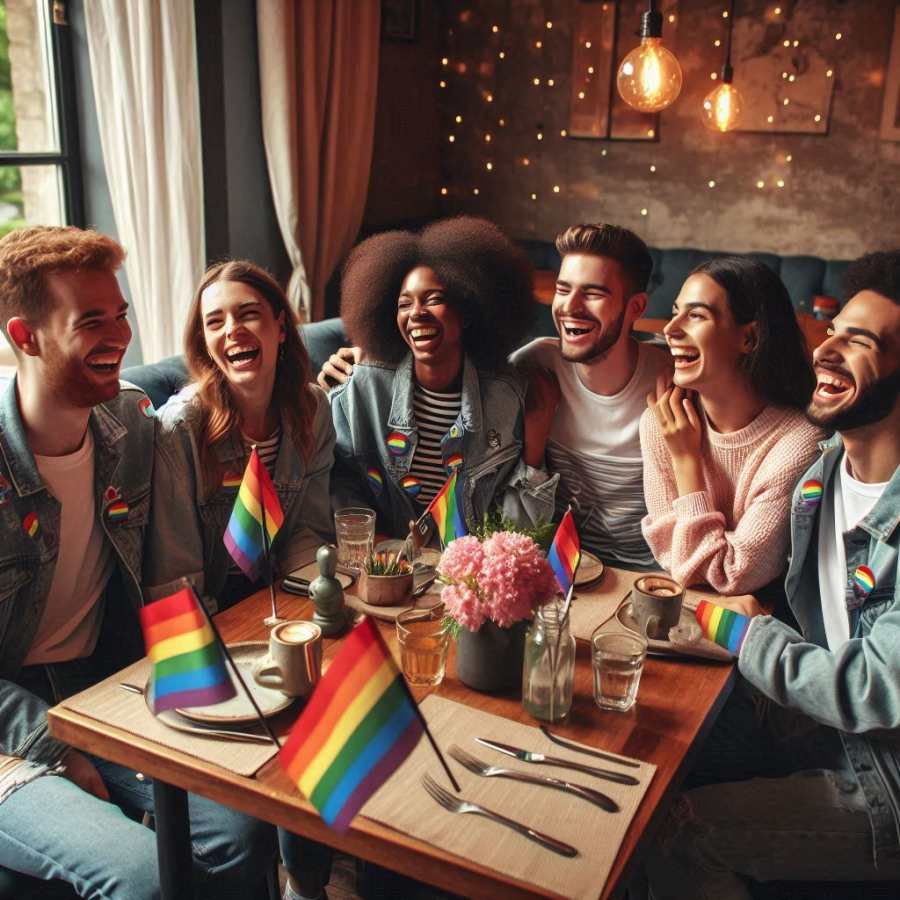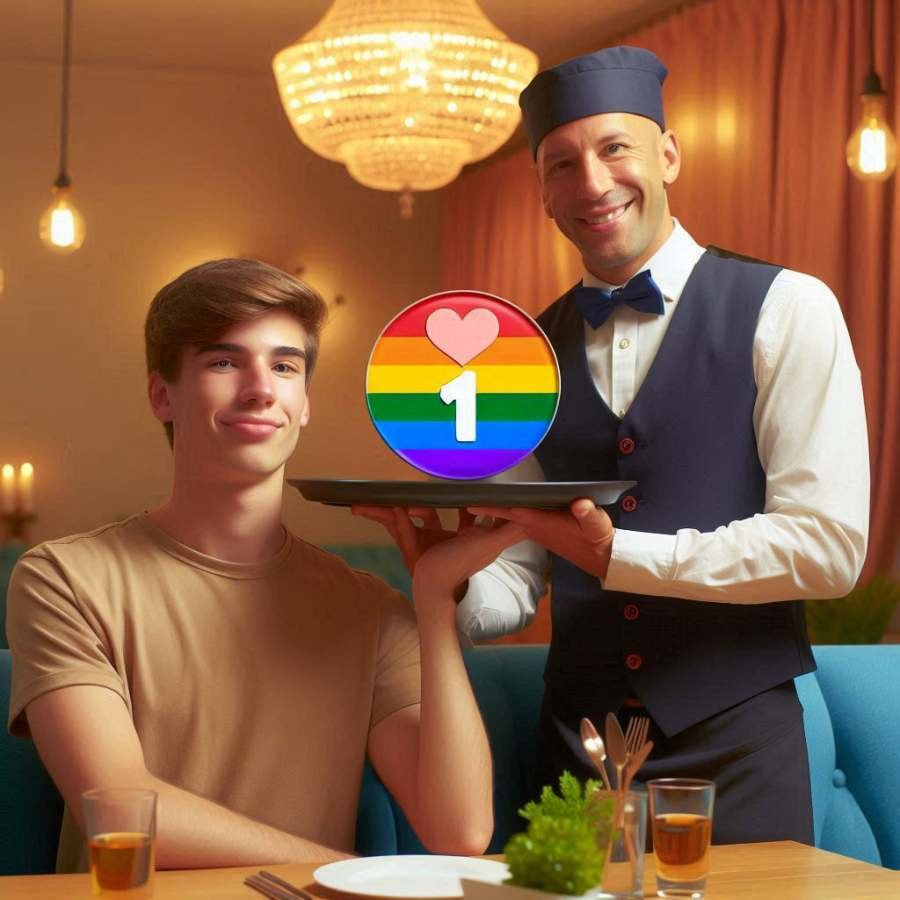LGBTQ+ Identities
Table of Contents
Creating an Inclusive Environment in Hospitality: Addressing LGBTQ+ Identities
When addressing individuals from the LGBTQ+ community in the hospitality industry, I’ve learned that respect and sensitivity are paramount. As a trainer, I conduct various training programs, including customer relations seminars, emphasizing the importance of inclusivity. Service providers need to understand and engage with all guests respectfully, especially those who may identify as LGBTQ+. Here’s how I navigate these interactions, ensuring everyone feels valued and respected.

Understanding LGBTQ+ Identities
Before discussing specific strategies for addressing LGBTQ+ individuals, it’s crucial to understand what this term encompasses. LGBTQ+ is an umbrella term that includes a variety of gender identities and sexual orientations beyond the traditional categories of male and female. This can include people who identify as genderqueer, genderfluid, agender, or any other identity outside the binary framework. Recognizing this diversity is the first step toward respectful interaction.

Addressing One Person at the Table [ LGBTQ+ Identities ]
In a dining setting, if I approach a table and need to speak specifically to one person who presents as LGBTQ+ but whose name and pronouns are unknown to me, I focus on using inclusive language that avoids assumptions about their gender. Here’s how I handle it:
- Use Neutral Language: When addressing the individual directly, I might say something like, “Excuse me! May I take your order?” or “Hi there! What would you like to drink?” This approach allows me to engage with them respectfully without making assumptions about their gender identity. For example, if they are wearing a stylish outfit that doesn’t conform to traditional gender norms but has not introduced themselves yet, using neutral terms ensures that they feel comfortable.
- Maintain Eye Contact: When speaking to an individual, it’s essential to maintain eye contact. This shows that I am addressing them directly and acknowledging their presence at the table. For instance, speaking to them about their meal choices, I might say, “Thank you for your patience! What can I get for you today?”
- Listen for Cues: If the guest responds and introduces themselves or provides their pronouns, I immediately use that information in our conversation. For instance, if they say, “I’m Taylor, and my pronouns are they/them,” I would respond enthusiastically: “Thank you for sharing that, Taylor! What can I get for you today?” This not only shows respect but also reinforces a welcoming atmosphere.
- Avoid Gendered Terms: I would continue to avoid gendered language throughout the interaction. Instead of saying something like “ladies and gentlemen,” if addressing the whole table later, I might say, “Thank you for your patience, everyone! Can I get anyone else anything while I’m here?” This ensures that all guests feel included and respected.

Importance of Sensitivity [ LGBTQ+ Identities ]
Being sensitive in these interactions is crucial for several reasons:
- Creating a Welcoming Environment: By using neutral language and respecting their identity, I contribute to a welcoming atmosphere where all guests feel comfortable and valued.
- Building Trust: When guests see that I am mindful of their identity and use inclusive language, it builds trust. They are more likely to feel safe and respected in my establishment.
- Encouraging Open Dialogue: Using neutral terms makes it easier for guests to engage in conversation without feeling boxed into traditional gender roles. This openness can lead to more meaningful interactions.

Training Staff on Inclusivity [ LGBTQ+ Identities ]
Training is essential to ensure that all staff members can handle these situations appropriately. Here are some strategies that can be implemented during my customer relations seminars:
- Pronoun Awareness: Encourage all staff members to introduce themselves using their preferred pronouns. For example: “Hi! My name is [Your Name], and my pronouns are [your pronouns].” This sets a precedent for open communication and allows guests to share their pronouns if they feel comfortable doing so.
- Inclusive Signage: Displaying inclusive signage throughout the establishment can signal that all identities are welcome. For example, symbols representing LGBTQ+ individuals alongside traditional male and female icons in restrooms can create a more inclusive environment.
- Role-Playing Scenarios: Conduct training sessions where staff role-play different scenarios involving LGBTQ+ guests. This helps employees practice using inclusive language and responding appropriately in real-life situations.
- Feedback Mechanisms: Establishing an open feedback mechanism where guests can share their experiences regarding inclusivity can help identify areas for improvement within the establishment.

Additional Considerations [ LGBTQ+ Identities ]
- Respect Personal Space: Respecting personal space is vital in any interaction. If someone seems uncomfortable or steps back when approached too closely, I adjust my distance accordingly.
- Avoid Stereotypes: When addressing or interacting with guests, it’s essential not to rely on stereotypes. Just because someone presents in a certain way doesn’t mean they fit into predefined categories or expectations.
- Be Aware of Language: Using inclusive language extends beyond just pronouns; it also involves being mindful of phrases that might alienate or exclude others. For example, instead of saying “boyfriend” or “girlfriend,” using “partner” can be more inclusive.
- Respond Gracefully: If someone corrects me regarding their name or pronouns after an initial mistake, I respond gracefully without making it awkward: “Thank you for letting me know; I appreciate it.”
- Encourage Openness: Creating an atmosphere where everyone feels comfortable sharing their identities can benefit all parties involved. This can be fostered through casual conversations where sharing personal stories feels natural.

Conclusion
In conclusion, addressing an individual at a table who presents as LGBTQ+ but whose name and pronouns are unknown requires thoughtfulness and respect. I create an inclusive environment that respects each guest’s individuality by using neutral language and direct engagement while maintaining eye contact and listening for cues. Additionally, training staff on inclusivity ensures consistency in treating all guests. Embracing these practices enhances the dining experience and aligns with my commitment as a trainer dedicated to excellent customer service in the hospitality industry. Ultimately, everyone deserves kindness and respect—regardless of how they identify or present themselves—and creating an environment where all guests feel seen and valued is paramount in fostering long-term relationships with our clientele. Through my blog and training programs, I aim to share these insights with others in the industry to collectively improve our approach toward inclusivity and understanding in every interaction we have with our guests.

More Stories
- Gift-Giving & Etiquette: Weddings, Birthdays, Christenings, & More
- Pintaflores Festival Queen 2024 | Crowning the Spirit of San Carlos
- Non-Invitations | A Guide to Maintaining Your Poise and Perspective
- Unsolicited Advice | When Help Becomes Hindrance
- Preska Seafoods Restaurant, Bacolod City: A Review
- Training and Development: A Personal Journey
- Human Resource Management: Empowering People
- Foodpanda Guide to MassKara Festival | Basta Food, Panda!
- BingoPlus Celebrates, Proud Sponsor of the MassKara Festival
- Pintaflores Festival Schedule of Activities 2024
- DITO Telecommunity Celebrates 45th MassKara Festival


